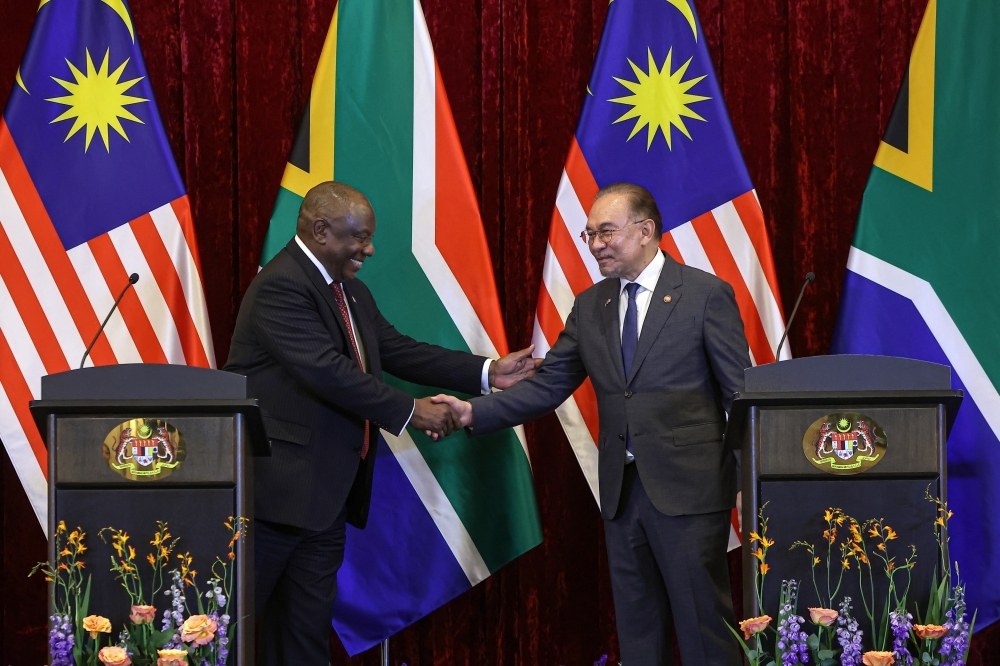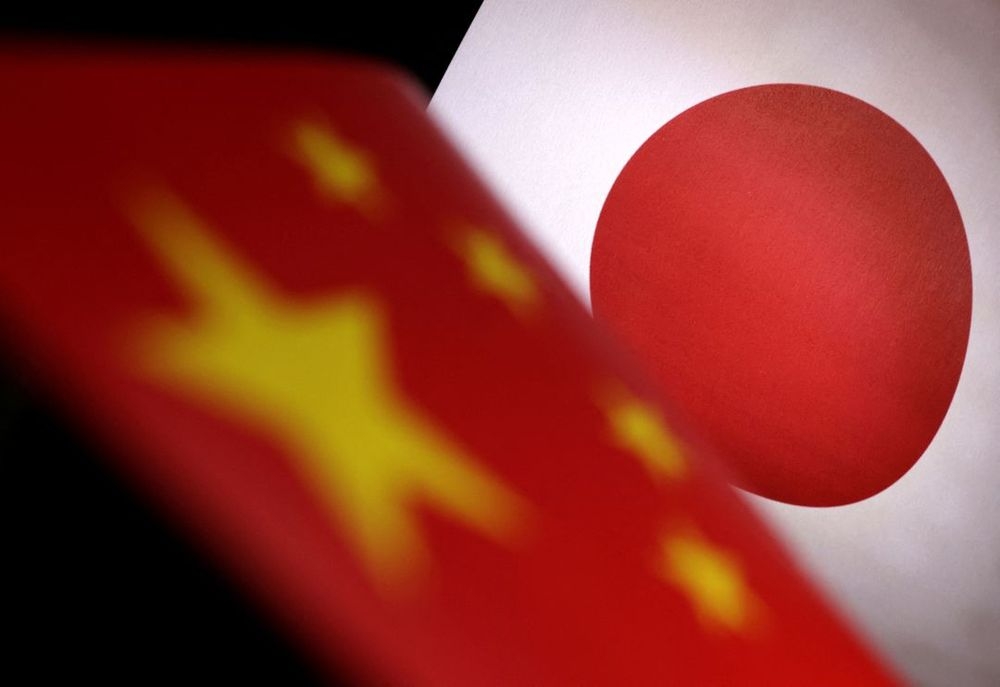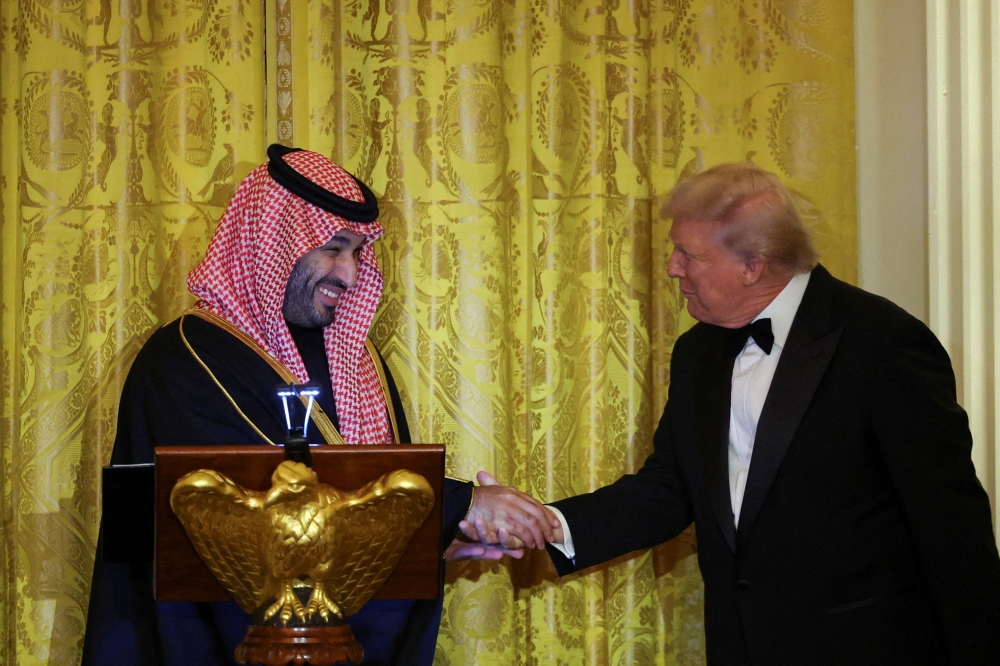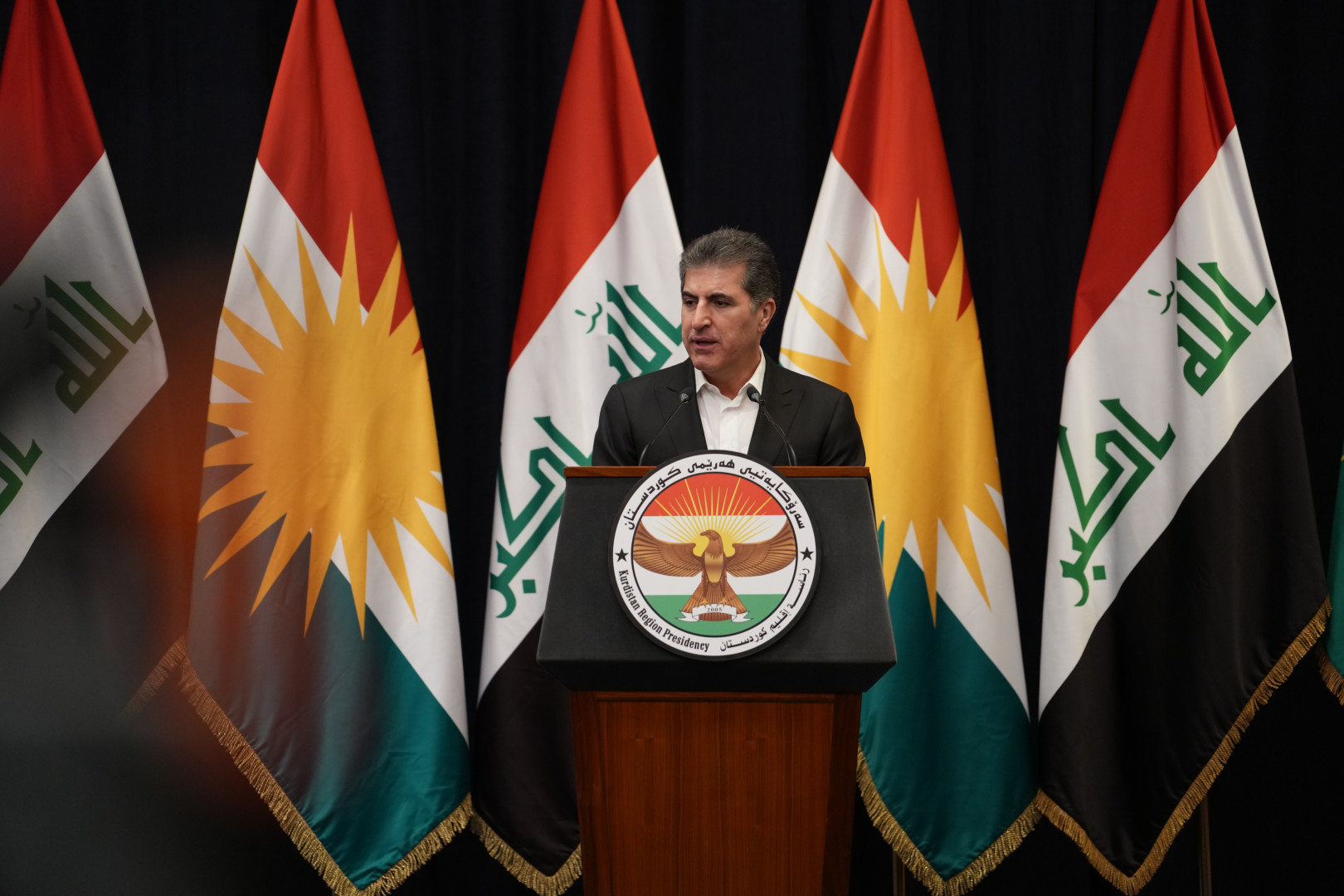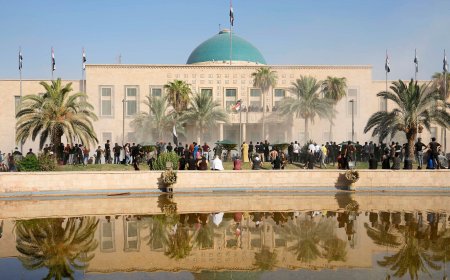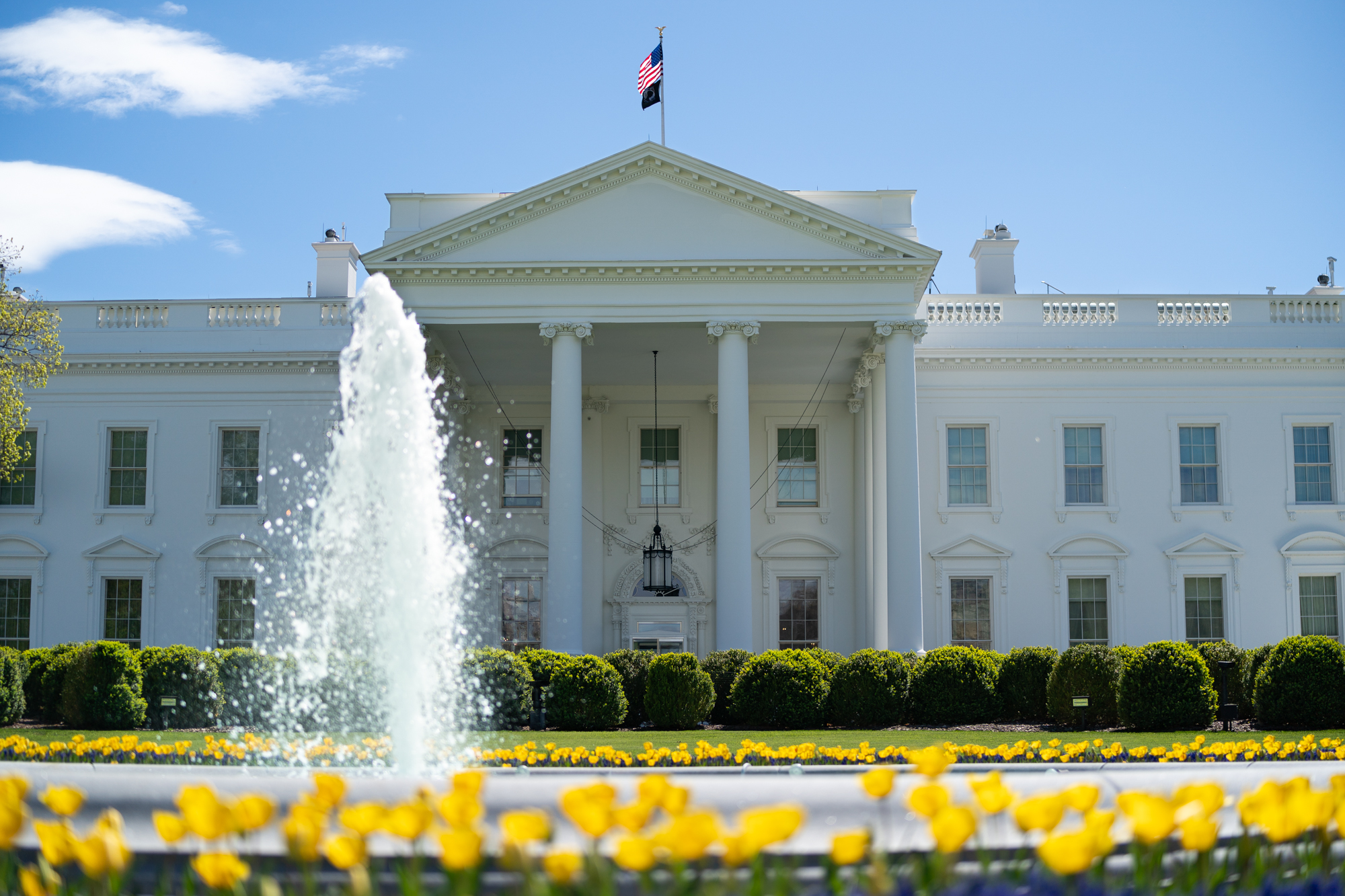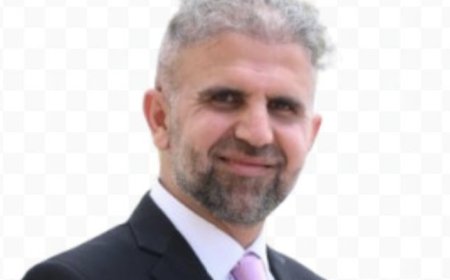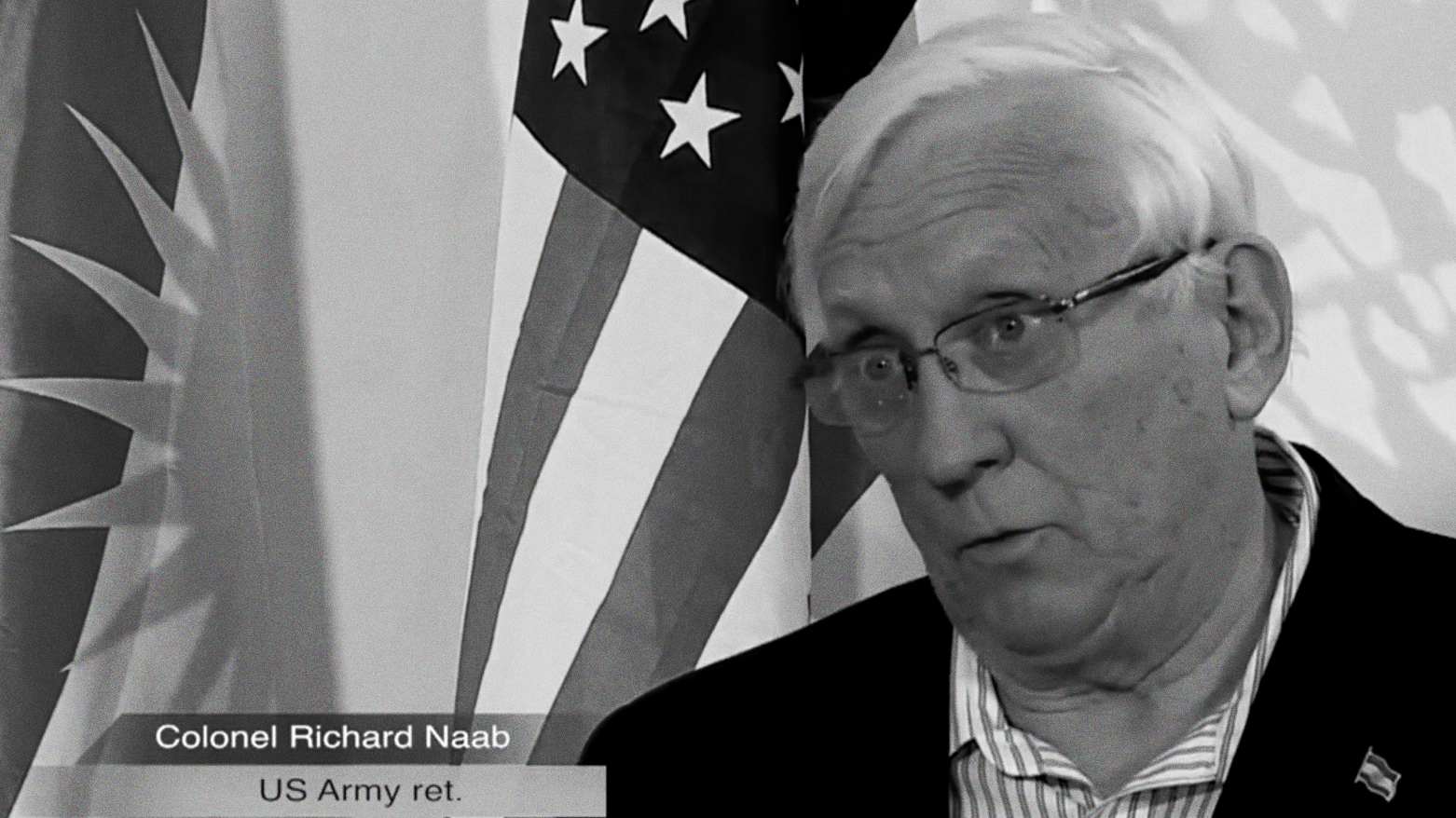The Transparency Revolution: Asian Youth Rise Up
Dr. Sirwan Abdulkarim Ali / Political analyst and academic
In the autumn of 2025, a wave of youthful dissent is sweeping across Asia not as a burst of pure rebellion, but as a demand for something more elemental: transparency, accountability, and a politics that no longer shields elites behind opaque walls. In Nepal, generational anger erupted after a government-imposed social media blackout ignited deep frustration over corruption and unaccountable rule on the part of the élites. In the Philippines, a flood-control project scandal has struck a nerve at the heart of a society long accustomed to graft. Across capitals from Kathmandu to Manila, Generation Z and younger millennials are refusing to be silent.
From Nepal’s spark to regional flare
Nepal’s protests earlier in September became a tipping point. When the government banned dozens of social media platforms (including Facebook, X, YouTube, LinkedIn, Reddit, Signal, and Snapchat) as a requirement to register under new digital regulation rules, the move was widely perceived as an attempt to strangle political dissent. But the outrage was deeper: symbols of elite privilege - “nepo kids,” flaunted wealth, and official impunity - had long chipped away at young people’s faith in governance.
As tens of thousands poured into the streets, the movement’s greatest asset was its youth. Protesters used Discord servers, QR-coded flyers, and VPN tools to evade censorship and coordinate mobilisation. What began as a digital defence against censorship turned into a full-blown political reckoning: Prime Minister K. P. Sharma Oli and key ministers resigned. Parliament was dissolved. An interim government led by former Chief Justice Sushila Karki is now navigating the treacherous waters of reform.
Nepal’s youth, bruised but energized, declared their moment: “This is our revolution. This is our turn now.” Their tone wasn’t nostalgia for any prior era, but ambition for something new and cleaner.
It is in that spirit that other young Asians have watched, shared tactics, and are rising up. From Sri Lanka to Bangladesh, from Indonesia to the Philippines, protests have tapped into a shared language: transparency, reclaiming public wealth, defending the right to speak, and holding power to account.
The Philippines: floods, graft, and a stampede of protest
The Philippines now finds itself in the eye of that storm. In September 2025, growing revelations about massive irregularities in flood control infrastructure projects ignited public fury. Tens of thousands of Filipinos marched in Manila and other cities. The protests, organized across student groups, church networks, and civic coalitions, demanded accountability, restitution, and structural reform. What made the moment prescient was its symbolism: September 21 was also the anniversary of the 1972 imposition of martial law by Ferdinand Marcos Sr. and a moment of reversal against authoritarianism.
Estimates suggest that as much as roughly US$33 billion might have been misused over 15 years in flood control programs, much of it in ghost projects, substandard work, and contracts favouring political insiders. Protesters rallied under names like Baha sa Luneta (“Flooding Luneta”) and the Trillion Peso March, marching along symbolically charged locations such as Rizal Park, the EDSA Shrine, and the People Power Monument.
That the protests drew participation from students, church groups, celebrities, and citizens across political divides signalled a broad-based discontent. Though largely peaceful, arrests followed. An Al Jazeera report notes that over 200 people were arrested in connection with the anticorruption protests. The Guardian, describing the floods of protest, highlighted that police in some cases used force. These arrests, far from suppressing the movement, added fuel to its resolve.
Crucially, the protests were not pitched as a campaign for any single leader’s ouster. Rather, they demanded institutional reforms: full disclosure of officials’ statements of assets, liabilities, and net worth (SALNs), lifting of bank secrecy laws, better anti-graft mechanisms, and the recovery of stolen resources.
President Marcos Jr., in turn, acknowledged public anger and announced investigations and audits. He even remarked, somewhat rhetorically, that “If I weren’t president, I might be out in the streets with them.” But for many protest participants, such gestures feel long overdue and superficial unless accountability is enforced.
Voices of a generation: beyond protest, toward building trust
What makes this moment different from past protests is the youth’s voice, not as a side chorus, but as the central narrative. The protesters in Nepal spoke bluntly: decades of complacent governance would no longer suffice. They demanded a politics that listens, that is open by default, and that treats public resources as shared, not private. In the Philippines, young people at the frontlines echoed similar themes: “We’re tired of empty promises. We want to see the books. We want justice.” As one rallying slogan had it, “Our purpose is not to destabilize but to strengthen democracy.”
This generation is digitally native, media-savvy, relational across borders. They see how youth uprisings in Nepal, Indonesia, Bangladesh, or even Madagascar share common threads: not just revolt, but a shared grammar of demands: transparency, integrity, and structural change. Social media is not simply a tool but a lifeline: it is how they amplify voices, hold each other accountable, and shatter information monopolies. What might have once seemed localised becomes regional solidarity.
Their demands go however beyond spectacle. Many young leaders are calling for new institutions: citizen audit offices, genuinely independent anti-corruption bodies with subpoena power, mandatory open contracting, participatory budgets, public oversight boards, and regular civic assemblies. In short, they are sketching a version of governance in which the default is openness, not opacity.
In the Philippines, some students and civic activists are now organising to monitor flood project contracts, map discrepancies, and crowdsource independent engineering audits. Some propose community-level truth commissions for local corruption. University student groups have tied this year’s tuition protests and budget cuts to broader demands for transparency in educational financing. In Nepal, meanwhile, calls are already rising for legislation that protects whistleblowers, limits elite entrenchment, and rewrites public contracting rules, stipulating open online bidding by default.
For many youth, the transparency revolution is not an end in itself but the means to restore confidence in public life. Trust, they argue, is irreversibly fractured. Without transparency, systems breed suspicion, parallel economies, corruption, and alienation.
One young Nepali protester, hospitalized after being shot, told The Guardian newspaper:
“The politicians are just selling our country for their own greed … This is our revolution. This is the end of the corruption. It’s our turn now.”
In Manila, a student marcher observed:
“They are draining the people’s money while citizens suffer from floods … officials ride private planes, live in mansions.”
These voices are not nostalgic for an idealized past, but are forging a restless present.
Challenges ahead: from protest to permanence
The path is nonetheless full of pitfalls. Governments may offer superficial reforms or symbolic resignations while preserving entrenched power networks. In Nepal, the caretaker government under Sushila Karki now faces enormous pressure: to deliver accountability for protest deaths, arrest corrupt figures, and hold clean elections. If it fails, the youth movement could fracture or radicalize. In the Philippines, the real test will be whether investigations lead to prosecutions, whether congress enacts stronger anti-graft statutes, and whether future budgets are transparent by design.
There is also the risk of backlash in terms of political polarisation, repression, smear campaigns, and co-optation of youth energy by old parties. In navigating this, sustained civic vigilance, media freedom, institutional design, and international solidarity will matter.
Generational momentum is nonetheless on the side of transparency. For these youth, the old bargain - that power is necessarily opaque and accountable only to insiders - is no longer acceptable. Across Asia, a new narrative is emerging that democracy, to matter, must be transparent by default.
We may not yet know the full arc of this transparency revolution. But what is clear is that a generation is pushing the boundaries of political possibility. Nepal, the Philippines, Indonesia and Sri Lanka are more connected than before, not simply geographically but cognitively. They share a language of open contracts, whistleblower protection, public audits, and design by citizens.
If the protests of 2025 do succeed in embedding new norms, they may mark a turning point: a shift from reactive protest to proactive civic governance. Asia’s youth are no longer asking politicians to give them space - they are building that space themselves.
In Manila, in Kathmandu, in Jakarta, and in Dhaka, the younger generation is declaring: the age of shadows is over.

/file/dailymaverick/wp-content/uploads/2025/11/pic-2-1.jpg)




